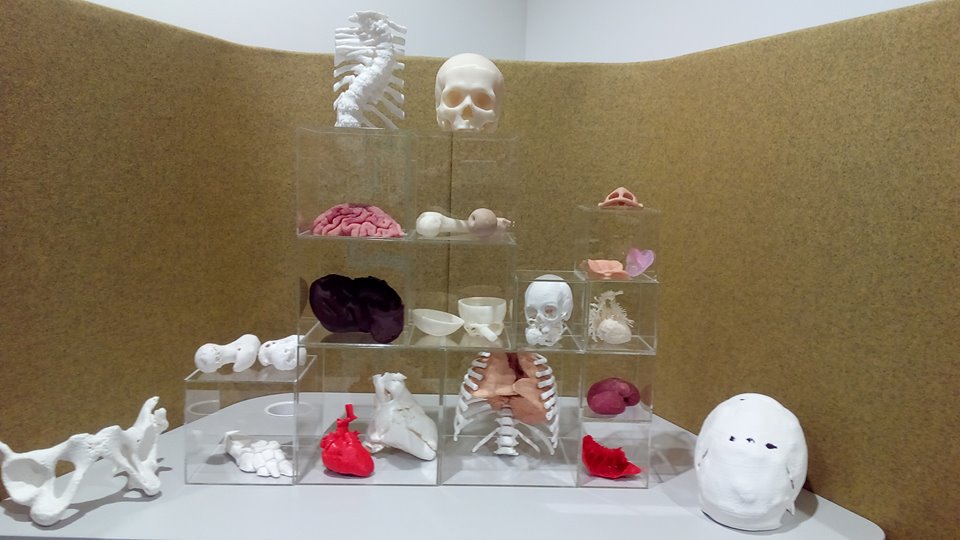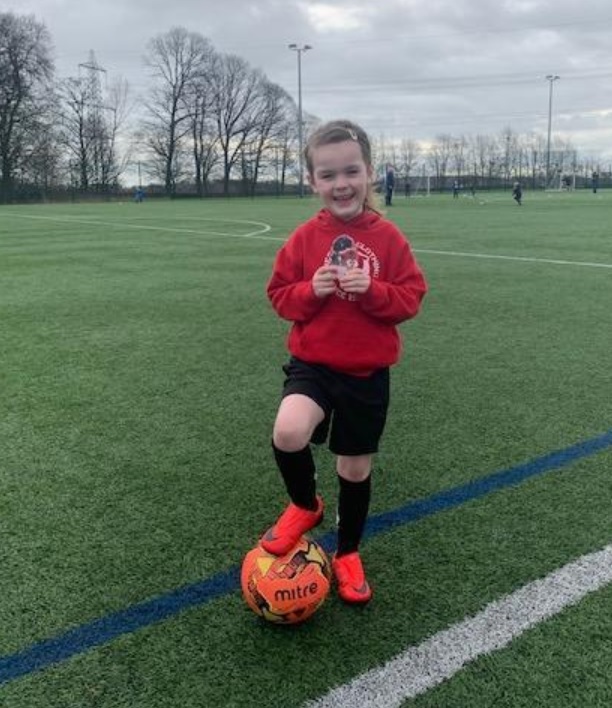A 3D printed tumour designed and fabricated by 3D LifePrints, a UK-based medical technology company, has aided surgeons in the removal of a cancerous mass in six-year-old, Leah Bennett.
Bennett was admitted to Alder Hey Children’s Hospital in Liverpool after experiencing back pain. Various scans and tests lead to the diagnosis of a large unknown tumour at the bottom of her spine. Additive manufacturing was implemented to establish the optimal approach to extract 90% of the malignancy. Paul Fotheringham, Founder of 3D LifePrints stated:
“We are immensely proud to have been able to positively contribute to Leah’s battle with cancer. The biomedical engineers in our embedded 3D printing hub were able to prepare a detailed 3D model for this timely case over the weekend to help the surgical team at Alder Hey plan Leah’s ‘impossible’ surgery. This case perfectly illustrates the value of combining innovation and technology at the point of care.”

3D printing guides high-risk surgery
According to the medical team at Alder Hey, Bennett’s tumour was located close proximity to a number of important anatomical regions including the spinal cord and superior mesenteric artery. It was also observed to be enveloping large portions of vessels such as the aorta and inferior vena cava.
Several medical institutions aware of her case advised against surgery due to the high risk of life-threatening blood loss. Moreover, nine rounds of chemotherapy were seen to be unsuccessful. Therefore, the medical team sought out their in-house Innovation Hub, led by Iain Hennessey, a Surgeon and Clinical Director of Innovation and 3D LifePrints, who have been embedded within Alder Hey for around five years.

The road to recovery
Manufacturing on Demand
A 3D printed model of the tumour and surrounding anatomical areas was created for presurgical planning, thus increasing the chances of safe and effective removal. 3D LifePrints’ biomedical engineers utilized the patient’s CT scan data detailing the anatomy and tumour and fabricated a model using Stratasys 3D printing technology.
David Collins, Biomedical Engineer, 3D LifePrints, added, “Working closely with the surgeons, we completely understood how urgent this case was and how imperative accuracy would be, given the odds. Their faith in us came from our longstanding relationships in the hospital and over the course of a weekend we were able to ready the model for delivery for the multidisciplinary team meeting in which the go-ahead for surgery would be made.”
Following almost seven weeks of radiotherapy, Bennett has made a steady recovery. Donations are presently being raised for the multiple charities that supported her treatments. Click here to find out more.

* This article is reprinted from 3D Printing Industry. If you are involved in infringement, please contact us to delete it.
Author: Tia Vialva

Leave A Comment